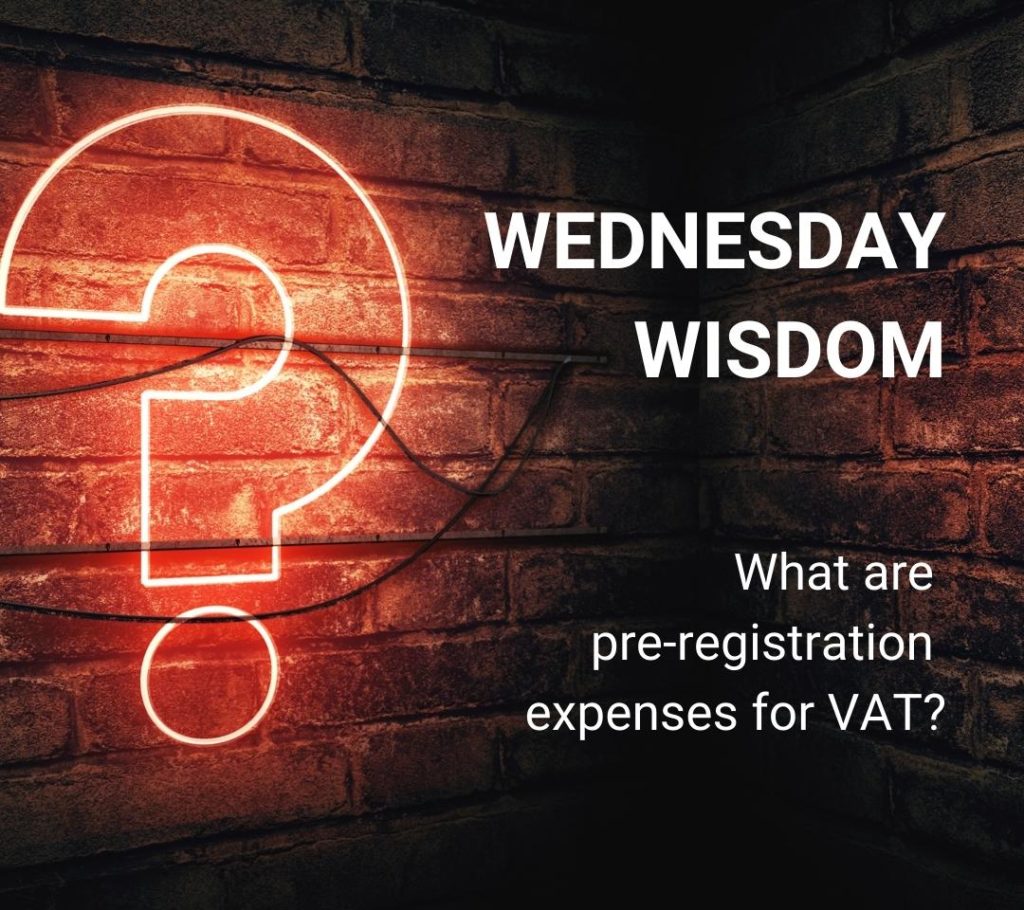Updated 23 March 2020
Updated – 27 March 2020
The following is Ward Williams understanding of this policy and how this will work based on the information published so far, including the updated guidance provided by the Government on the evening of Thursday 26 March 2020. This information should not be solely relied on for advice at this stage but is intended to give an indication of how the scheme should work. You should contact your usual Ward Williams partner for further details where required.
Rules as outlined in official statements so far:
- Furloughed members of staff must not work for the employer during the period of furlough. Furloughed workers are able to undertake training and/or do volunteer work, provided they are not paid. If furloughed workers have a separate job with another employer, this job is unaffected and they will be able to work for this separate employer.
- Furlough applies from 1 March 2020, so can be backdated. It will last for at least 3 months and will be extended if required. While the scheme is backdated to the beginning of March, a company will only be eligible to claim the grant once they have agreed the furlough with their staff and staff have stopped working for the employer. This will of course be subject to employment law in the usual way.
- Furlough leave must be taken in blocks of 3 weeks. There is nothing in the guidance which prohibits rotating furloughed leave but each furloughed worker must be off for a period of at least 3 weeks.
- It is available to employees who were on the payroll on 28 February 2020. If employees were not on the payroll at this date, they will not qualify. Anybody who was on the payroll on 28 February 2020 and has since been made redundant can be rehired and put on the scheme
- All UK businesses are eligible: any employer on the country, small or large, charitable or non-profit’. A PAYE scheme must have been in place on 28 February 2020.
- The scheme pays a grant (not a loan) to the employer. Employers can only claim once every three weeks i.e. they cannot get weekly reimbursements.
- The employer will pay the employee through payroll, using the Real Time Information (RTI) system as usual, as required by the employment contract. This contract may be renegotiated but that is a matter for employment law. So RTI system reporting of payroll will continue as normal, with Income Tax and National Insurance deducted on the employee’s subsidised wage as normal.
- The scheme will be administered by HMRC: • Relevant employees must be designated as furloughed employees. • Employers will submit information to HMRC through a new online portal. • As this portal will take time to build (HMRC have mentioned a date of end of April 2020 for the scheme to be operational), businesses should look to the Coronavirus Business Interruption Loan Scheme to support cash flow in the meantime.
- Maximum grant will be calculated per employee and is the lower of 80% of an employee’s regular ‘wage’ or £2,500 per month plus the associated Employer National Insurance contributions and minimum automatic enrolment employer pension contributions on that subsidised wage.
- For full and part time employees, the actual salary before tax, as at 28 February 2020 should be used to calculate the 80%. Where employees receive pay which varies, if they have been employed for a full year, employers will claim for the higher of: • the amount that the employee earned in the same month last year • an average of the employee’s monthly earnings from the last year. If the employee has been employed for less than a year, employers will claim for an average of the monthly earning since the employee started work. Bonuses, commissions and fees are not included as part of monthly earnings. An employer can choose to top up this grant to 100% of an employee’s “regular” wage but does not have to (subject to employment law and renegotiating any contractual entitlements)
If you have concerns or questions, please contact the WW Creatives team. As further details are announced, we will keep you informed.







